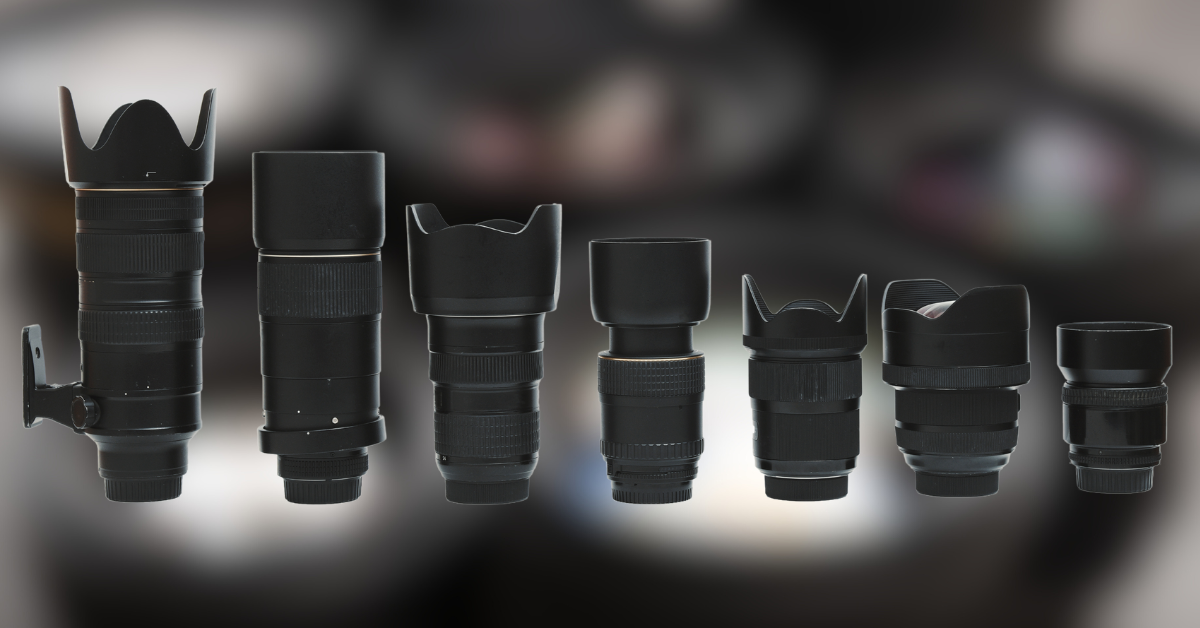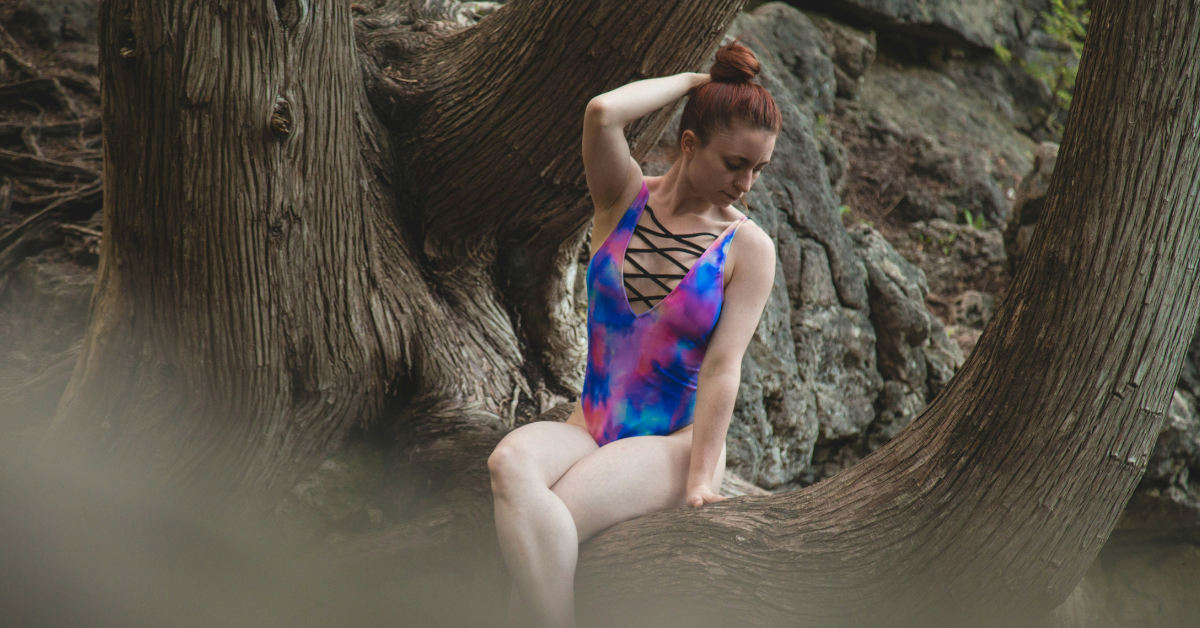Creating a lens guide involves understanding the different types of lenses available, their uses, and what to consider when choosing a lens. Here is a concise guide to help you navigate the basics:
Types of Lenses
Prime Lenses:
- Definition: Fixed focal length (e.g., 50mm, 85mm).
- Benefits: Sharper images, larger apertures (good for low light and depth of field), typically lighter and smaller.
- Uses: Portraits, street photography, and general use.
Zoom Lenses:
- Definition: Variable focal length (e.g., 24-70mm, 70-200mm).
- Benefits: Versatile, covers a range of focal lengths, convenient for various situations.
- Uses: Travel, event photography, and general use.
Wide-Angle Lenses:
- Definition: Short focal length (e.g., 10-24mm).
- Benefits: Captures a wide field of view, great for landscapes and architecture.
- Uses: Landscapes, architecture, and interior photography.
Telephoto Lenses:
- Definition: Long focal length (e.g., 70-200mm, 300mm).
- Benefits: Magnifies distant subjects, shallow depth of field, and compression effect.
- Uses: Wildlife, sports, and portrait photography.
Macro Lenses:
- Definition: Designed for close-up photography, often with a 1:1 magnification ratio.
- Benefits: Detailed close-ups, sharpness at close distances.
- Uses: Nature, product photography, and detailed close-ups.
Key Considerations
Aperture:
- Wide Apertures (e.g., f/1.8, f/2.8): Good for low light and shallow depth of field.
- Narrow Apertures (e.g., f/4, f/5.6): More depth of field, suitable for landscapes and group shots.
Focal Length:
- Short (e.g., 24mm): Wide field of view.
- Medium (e.g., 50mm): Normal perspective, versatile.
- Long (e.g., 200mm): Narrow field of view, brings distant subjects closer.
Image Stabilization:
- Reduces camera shake, especially useful in low light and at longer focal lengths.
Lens Mount:
- Ensure the lens is compatible with your camera's mount system (e.g., Canon EF, Nikon F, Sony E).
Build Quality:
- Consider weather sealing, durability, and weight based on your shooting environment.
Autofocus:
- Check for fast and accurate autofocus performance, especially important for action and wildlife photography.
Popular Choices
Canon EF 50mm f/1.8:
- Affordable prime lens, great for portraits and low light.
Nikon AF-S DX NIKKOR 35mm f/1.8G:
- Compact prime lens for Nikon DX cameras, versatile and sharp.
- High-quality zoom lens, ideal for professional use.
Tamron 70-200mm f/2.8 Di VC USD G2:
- Excellent telephoto zoom lens, great for sports and wildlife.
Sigma 105mm f/2.8 EX DG OS HSM Macro:
- Superb macro lens, sharp and versatile for close-ups and portraits.
This guide should help you understand the basic types and features of lenses, aiding you in making an informed decision based on your photography needs.
















Article Comments
What's on your mind? Leave a Comment.